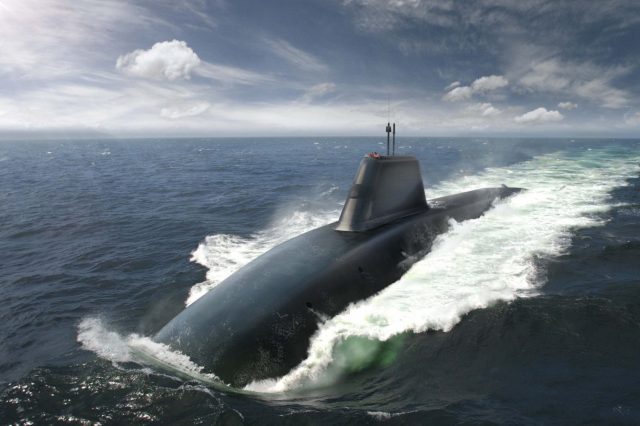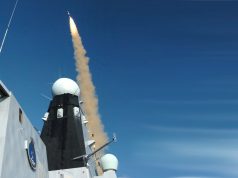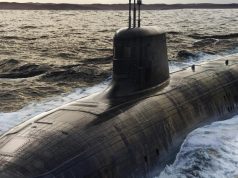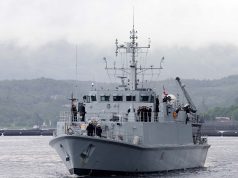A steel-cutting ceremony at the BAE Systems Barrow-in-Furness yard has marked the official start of construction of the Royal Navy’s third Dreadnought-class nuclear deterrent submarine.
Admiral Sir Donald Doull, in charge of the Dreadnought program said beginning work on HMS Warspite was “an important step” along the road to replacing Britain’s Vanguard-class ballistic missile submarines.
“Successful delivery of the Dreadnought program is a challenge which will take the determined effort of everybody with a responsibility for supporting it – getting to this milestone is a huge achievement, which reflects the personal and collective commitment of all concerned.”
Defense minister Alex Chalk joined BAE employees on February 9 in setting the laser cutters to work on the first steel plates.
“Our nuclear deterrent protects every UK citizen from the most extreme threats, every minute of every day and progress on the Dreadnought Class is crucial to maintaining our national security,” Chalk said.
“This milestone is a significant step forward in the Dreadnought program, supporting thousands of jobs and apprenticeships across the country and protecting the UK and our allies for decades to come.”
In tandem with the Astute-class submarine program – built in the same BAE yard – the work on Dreadnought will sustain and support around 11,000 jobs in Barrow alone, with 1,500 firms nationwide involved in the supply chain.
Longer and heavier than the Vanguard class boats they succeed, the Dreadnoughts are 153-meter-long and displace 17.200 tons as the largest submarines ever built for the Royal Navy.
Warspite is the third of four boats in its class, which is scheduled to start entering service from the early 2030s. Construction of the first two boats, Dreadnought and Valiant, is already well underway.
Unlike the Vanguard-class, the Dreadnoughts will be equipped with a common missile compartment that will launch new ballistic missiles that will eventually replace the Trident missiles.
The next generation of SSBNs will also benefit from fly-by-wire technology already in use in aircraft, enabling submariners to better control key aspects of the Dreadnought-class of submarines beneath the waves including heading, pitch, depth and buoyancy.



























